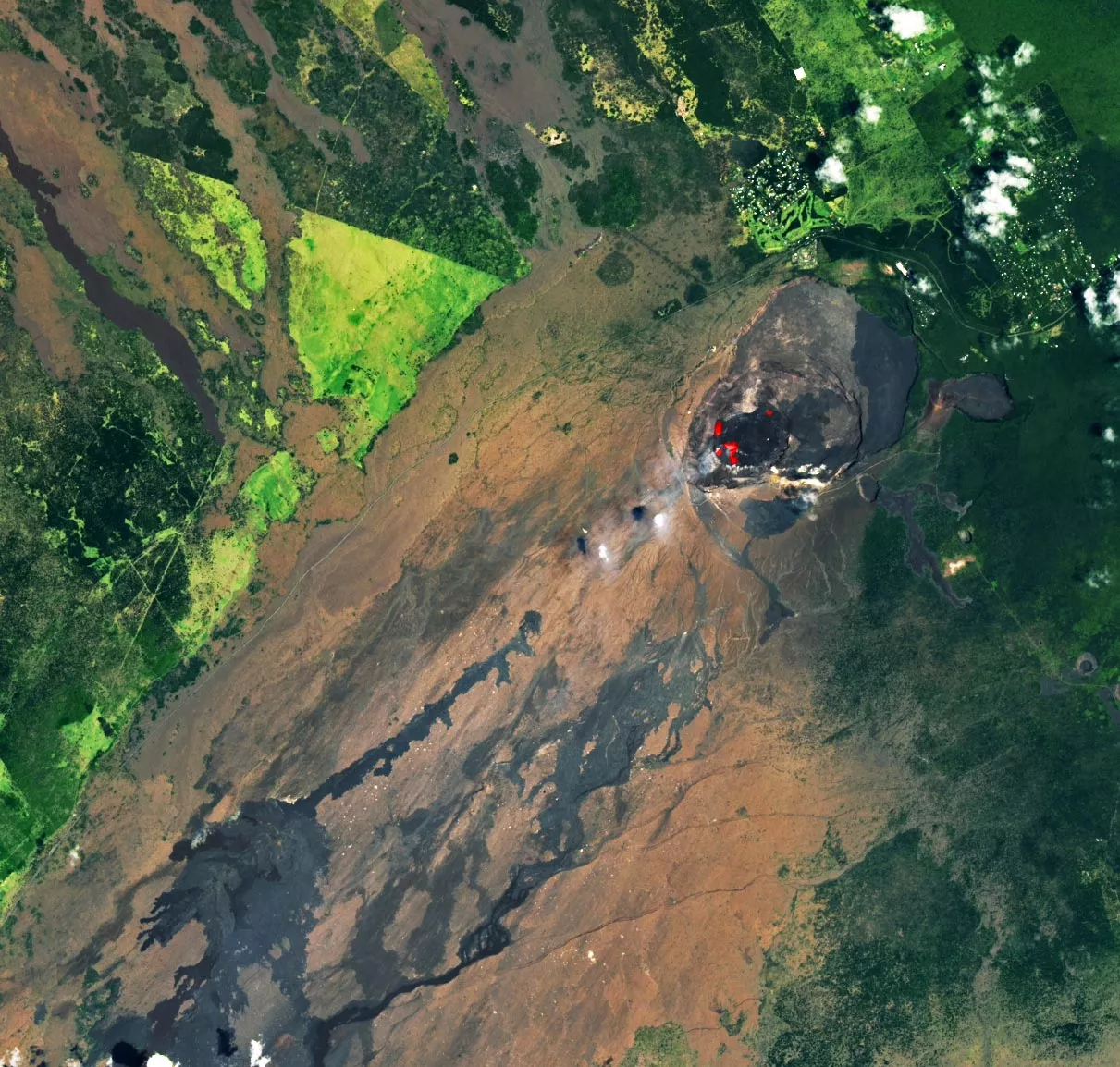Since the lava lake in Kilauea was drained for the last time in May 2018, the crater at the top of the mountain has been filled with water. The huge heat generated by the re eruption boils all the water and refills it with lava. Four years ago this month, Hawaii's youngest and most active volcano released its largest eruption in at least 200 years.
The eruption of the Lower East Rift Zone (lerz), which began on May 3, 2018, destroyed 700 buildings and forced thousands of residents to evacuate. Scientists are still studying the eruption and its impact.

The 2018 eruption is important globally, not just for Hawaii. The lava flowed out of kilauer in just 4.0 cubic miles. In contrast, the eruption of the puwu vent on the Middle East fault zone began in 1983 and lasted 35 years - emitting a total of 4.4 cubic kilometers (1.1 cubic miles) of lava and destroying 215 buildings. The eruption of lerz in 2018 also greatly changed the magma pipeline system of the volcano. It ended the longest lasting Pu in the world ʻʻōʻō The eruption of the vent. It caused the surface of the halema'uma'u mountaintop crater to collapse, reducing it by more than 500 meters (1600 feet) and draining the lava lake that has accumulated in the mountaintop crater since 2008.
In July 2019, the lava lake in Kilauea was replaced by a water lake, an event unprecedented in historical records. Over the next year and a half, water slowly filled the crater to a depth of about 50 meters (160 feet).
The water lake is of special interest to scientists because Kilauea volcano has an unusual history of eruption and explosion. The latter are usually more violent and destructive, and they are often driven by the interaction between magma and water - a fact that makes volcanic observers pay special attention to activity. However, in December 2020, a new phase of eruptive activity began, with a large amount of lava pouring into the crater and boiling the water lake within a few hours. The volcano's eruption also created a new lava lake for itself until May 2021. The most recent eruption began in September 2021 and continues today.
The above image was acquired by operational land imager-2 (oli-2) on Landsat 9 on April 15, 2022. The image includes a combination of visible and infrared light (band 6-5-3), which helps to distinguish the thermal characteristics of the lava.